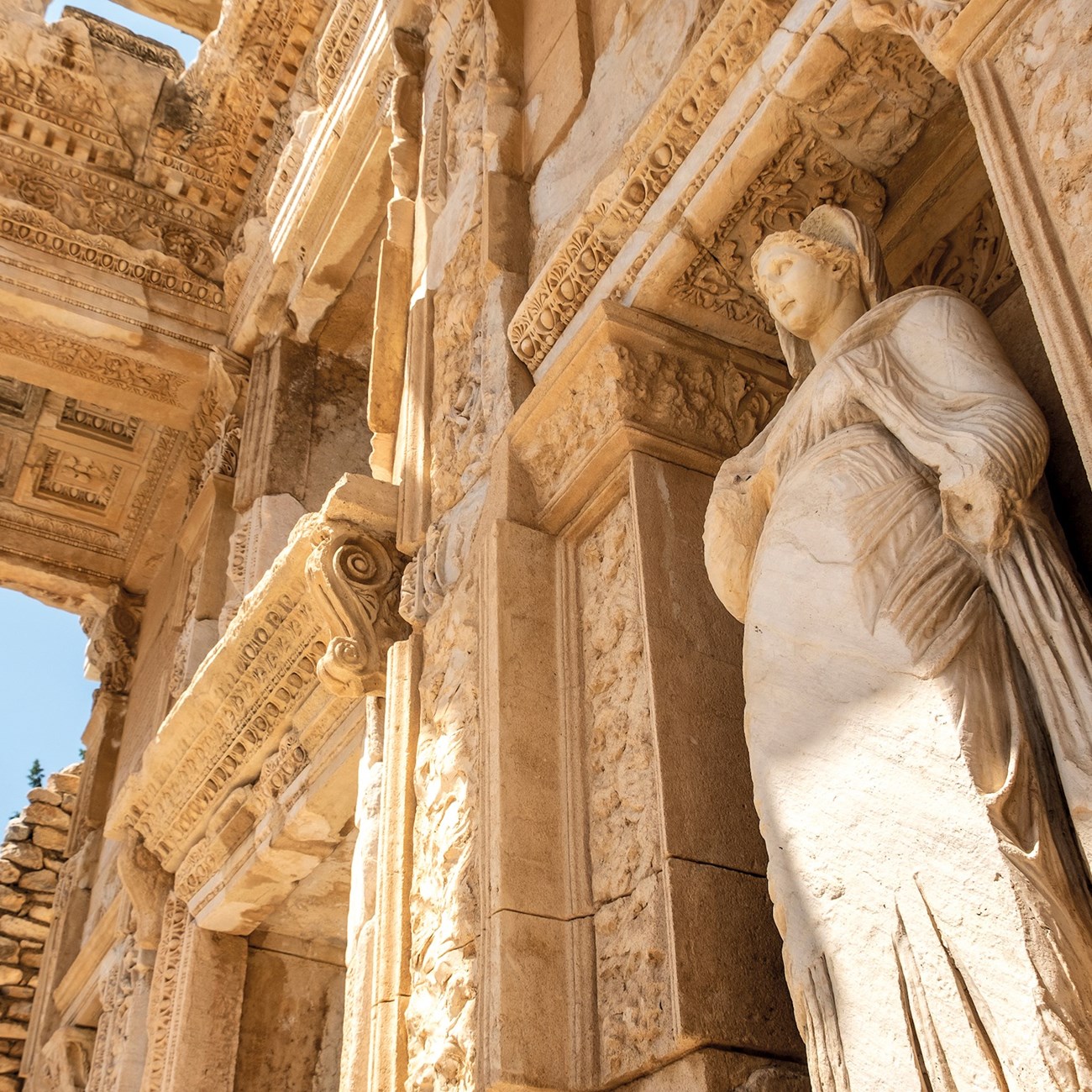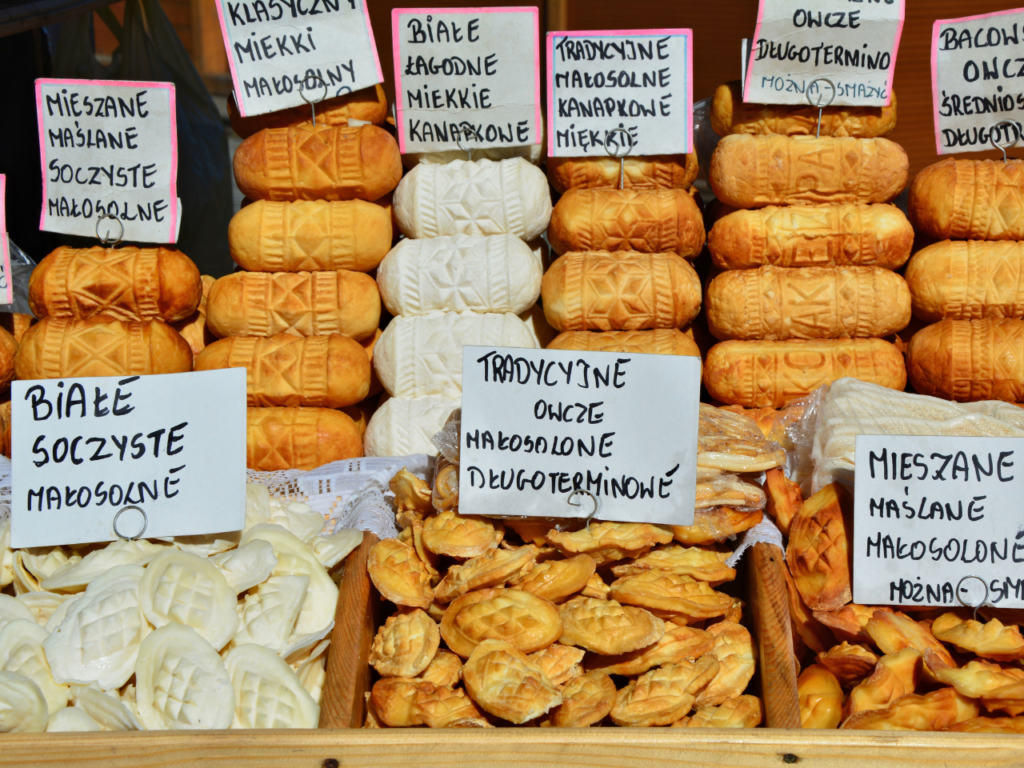Turkish food is diverse and delicious, and it’s likely you’ll have heard of quintessential Turkish dishes like kofte, baklava, and Turkish delight. But there’s more to Turkish cuisine than the well-known dishes; ingredients like legumes, vegetables and meats with sauces make up a large part of the country’s cuisine, but bread is one of the most important parts of Turkish culture – in fact, Turkey holds the title for highest bread consumption in the world, with each person consuming 200kg of bread each year!
Here are some of the best Turkish foods to try on your next trip to Türkiye with Insight Vacations, from comforting traditional meals to unusual sweet treats.
Kahvalti (Turkish breakfast)
Kahvalti is the name for Turkish breakfast, which is a pretty decadent affair. Whereas brunch in the USA is mostly reserved for weekends, kahvalti is had every day, made up of many dishes. A variety of Turkish cheese like feta or kasseri, fresh bread coated in sesame seeds to be paired with sweet and savory spreads including black olive, or cherry, apricot, and fig jams, eggs, and sucuk, a dried, spicy beef sausage. Turkish breakfast doesn’t always include coffee, but it does always include black tea to wash it all down.
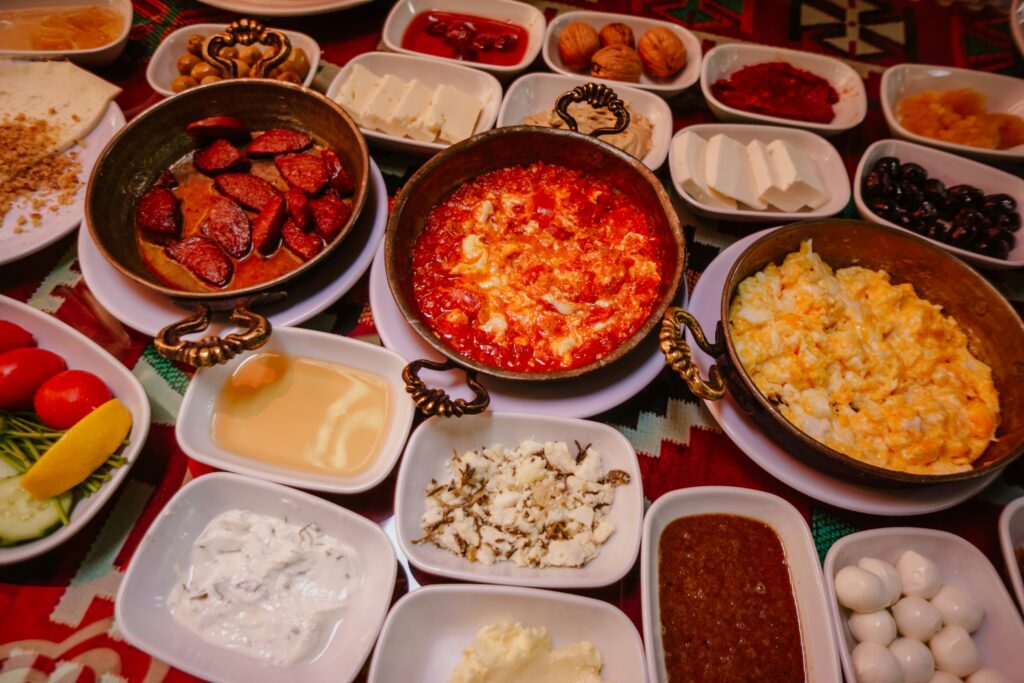
Manti
These delicious dumplings are a Turkish mainstay, stuffed with lamb, wrapped in pasta dough, and topped with different sauces: caramelized tomato, brown butter, and garlicky yogurt. The size of manti matters; if your host serves you a very small manti, it signifies you’re more special.
Baklava
A sweet treat that dates back to 8 BC, baklava is popular Turkey, Greece, and the Middle East. Turkish baklava is also known as fistikli baklava (or pistachio baklava), and this buttery dessert is made from layered filo pastry, finely ground pistachios, butter, and a syrup made from sugar, water and lemon juice. Often enjoyed either mid-morning with a cup of Turkish coffee, or in the afternoon with a black tea, baklava is more than just a snack – it’s also made and eaten as part of traditions during festive occasions such as weddings and the Eid holidays.
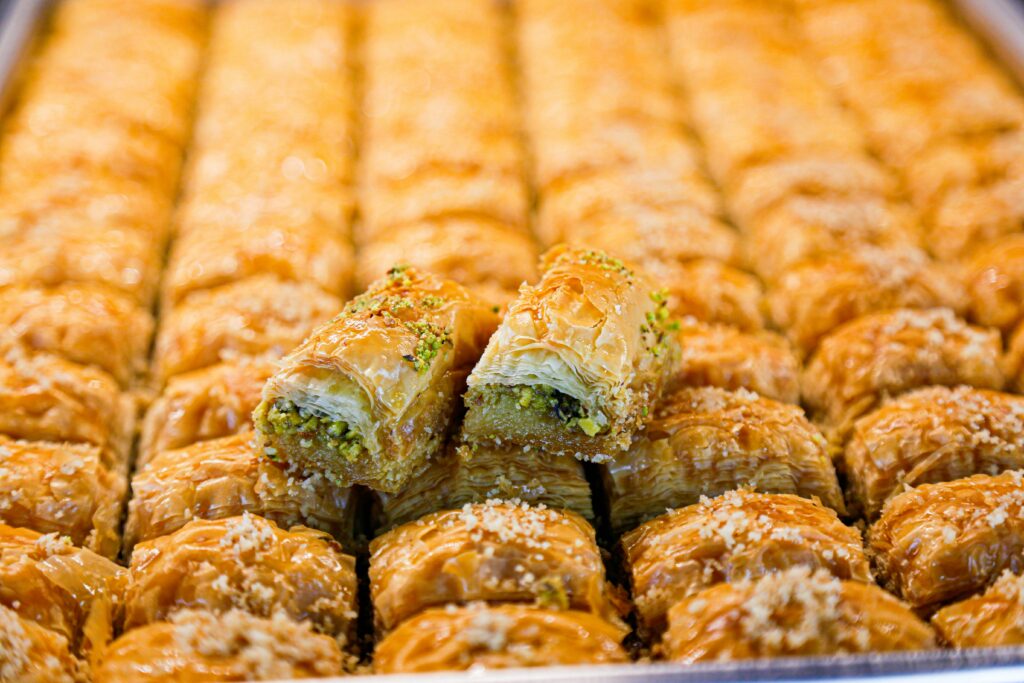
Perdeli pilav
Perdeli pilav looks more like a cake than a savory meal, but this popular dish is an aromatic mix of rice, chicken, onions and peanuts, encased in pastry and topped with almonds and dried fruit. Cooked in a circular or donut shape it’s then served in slices, and this beloved Turkish food is generally eaten during Eid and other celebrations.
Turkish coffee
A world away from your regular espresso, Turkish coffee is much more intense. It’s made from very finely ground coffee beans which are brewed in copper pots called cezve. Because the coffee is ground so fine, it’s not filtered out before being poured into the cup to drink, making it much stronger and thicker than other styles of coffee. Turkish coffee is often sweetened with sugar during the brewing process, and spiced with cardamom.
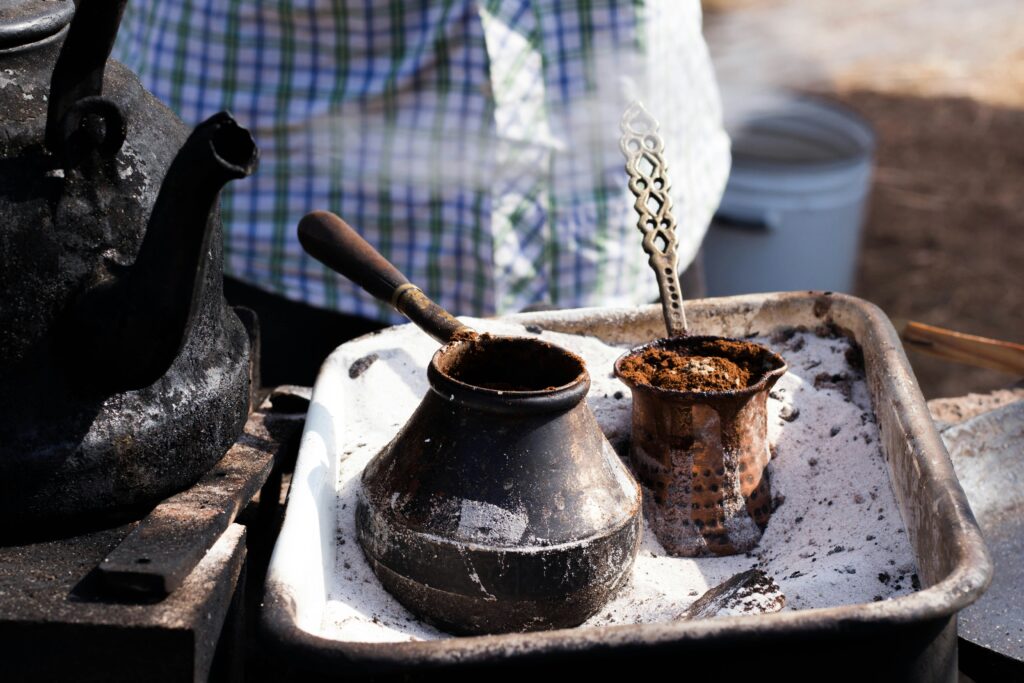
Şakşuka
Though it’s pronounced in the same way to the North African dish, shakshuka, Turkish şakşuka is different. Made from a rich tomato-based vegetable ragu, most commonly using eggplants, zucchini, onion, and peppers cooked in olive oil, it can be served hot or cold.
Turkish delight
Known far and wide beyond its home country, Turkish delight is a sugar-dusted jelly sweet flavored with rose water. Allegedly created by confectioner Hacı Bekir Effendi in 1776, the sweet would have been made with a mix of honey or dried fruit before refined sugar reached Turkey at the end of the 19th century. Turkish delight was even featured in C.S. Lewis’ 1950 novel The Lion, the Witch, and the Wardrobe, where one character finds it so delicious that he betrays his siblings just to get more of it!
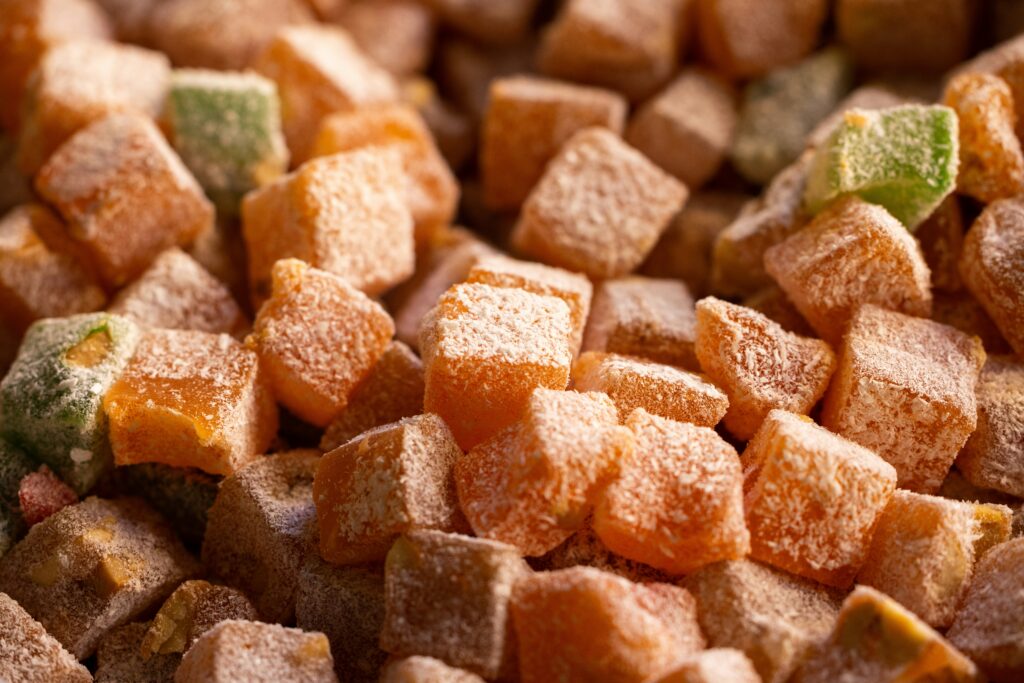
Piyaz
This white bean salad is a fresh, simple dish often served as an accompaniment alongside grilled meats or roasted vegetables. The beans, which could be haricot/navy, cannellini or butter beans, are mixed with red onions, tomato, garlic, and parsley. Some recipes have a soft boiled egg roughly chopped and mixed through.
Meze
If you want to try a variety of Turkish food, order meze. Turkish meze is a colorful spread of hot and cold dishes, made for nibbling or having as an appetizer alongside raki, a traditional Turkish grape spirit. Meze can include olives, fried vegetables, feta cheese, stuffed mussels, marinated fish, and cured meats. Dips are also a big part, including fava, made with butter beans, muhammara, made with roasted red pepper and walnut, humus, made with chickpeas, and baba ghanouj, made with eggplant and tahini.
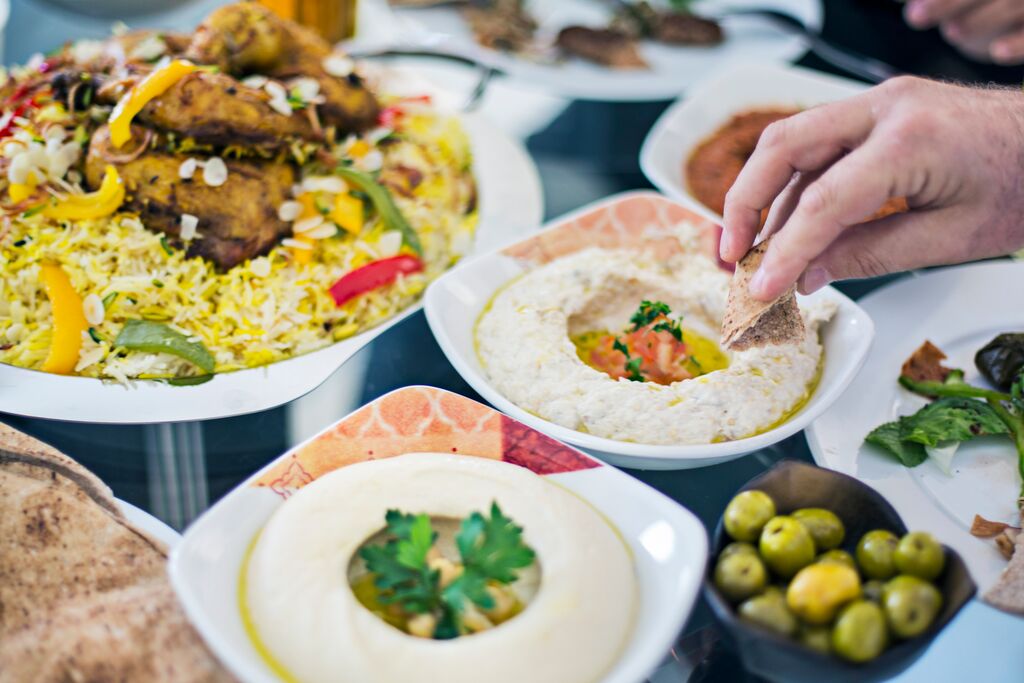
Dondurma
Ever got a knife and fork out to eat your ice cream? That’s customary for dondurma! This is ice cream like you haven’t seen it before. Dondurma literally translates as ‘frozen’ or ‘freezing’ in Turkish, and is renowned for its thick, dense and stretchy texture. Traditional dondurma is only made with three ingredients: goat’s milk, salep (orchid bulb flour) and beet sugar. Unlike your Italian gelato, it doesn’t melt quickly, and you’ll often find it served alongside baklava.
Dolma
‘Dolma’ translates as ‘filling’, and in Turkey dolma is often a dish made with cooked vegetables stuffed with rice and beef or lamb, usually finished with a squeeze of lemon before being served. When the same filling is wrapped in a vine leaf, this is called ‘sarma’ (commonly mistakenly called dolma).
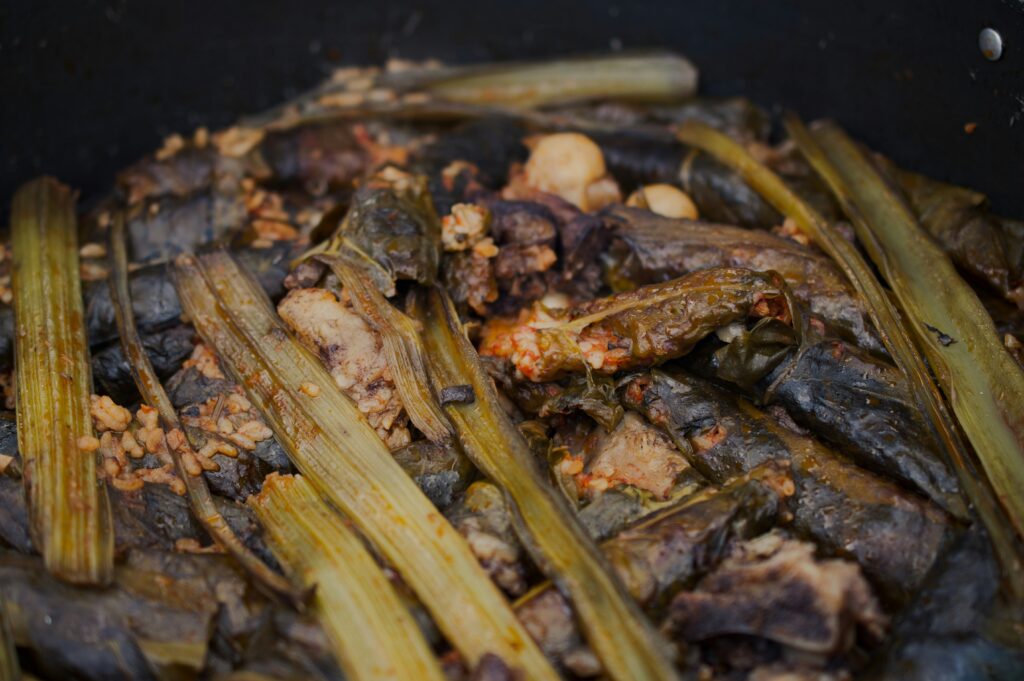
Çilbir
Simple but delicious, çilbir is a dish of Turkish eggs often eaten for breakfast. The eggs are poached and served on top of a garlicky yogurt, finished with a drizzle of melted butter infused with Aleppo pepper for a kick of spice. It’s the perfect dish to mop up with a slice of fresh bread. There are records of çılbır being eaten by Ottoman sultans as far back as the 15th century.
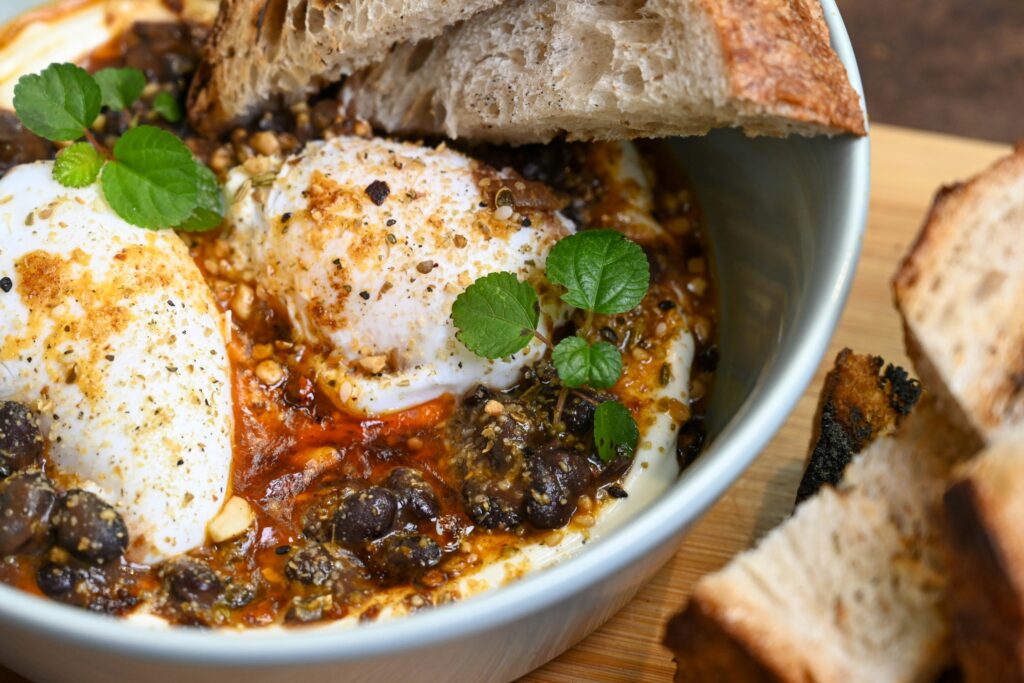
Kisir
A quintessential and popular dish throughout Turkey, kisir is a spiced salad made with bulgur wheat, pomegranate molasses, tomatoes and parsley. It’s tart and savory, and makes the perfect side dish. People throughout Turkey make kisir to take to large events and celebrations.
Kofte
Kofte, or kofta, is Turkish meat dish. The kebab is made with minced meat (traditionally lamb), onions, herbs and spices, bound with breadcrumbs and egg. Generally served as meze, kofte is accompanied with soft, pillowy flatbreads or aromatic pilaf rice, alongside tomato sauce and yogurt.
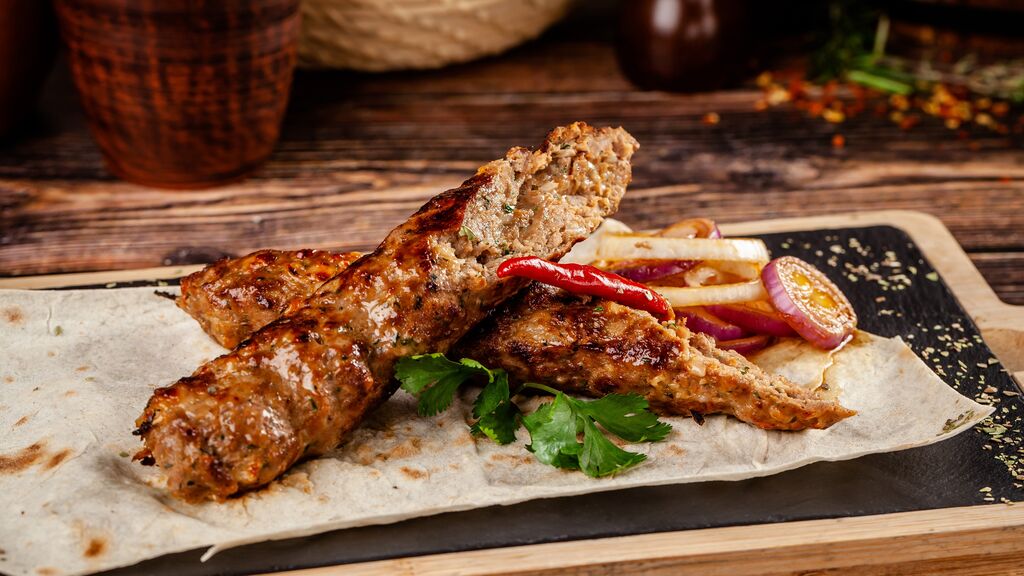
Pide
Pide (pronounced “pee-DEH) is a Turkish flatbread known across the world, which somewhat resembles a sort of Turkish pizza – but rather than a typical circular shape, pide is oblong. Its toppings are a far cry from an Italian pizza, with ingredients including cheese, sausage, spiced ground meat and spinach.
Sample the delights of Turkish food on your next Türkiye guided tour with Insight Vacations.
